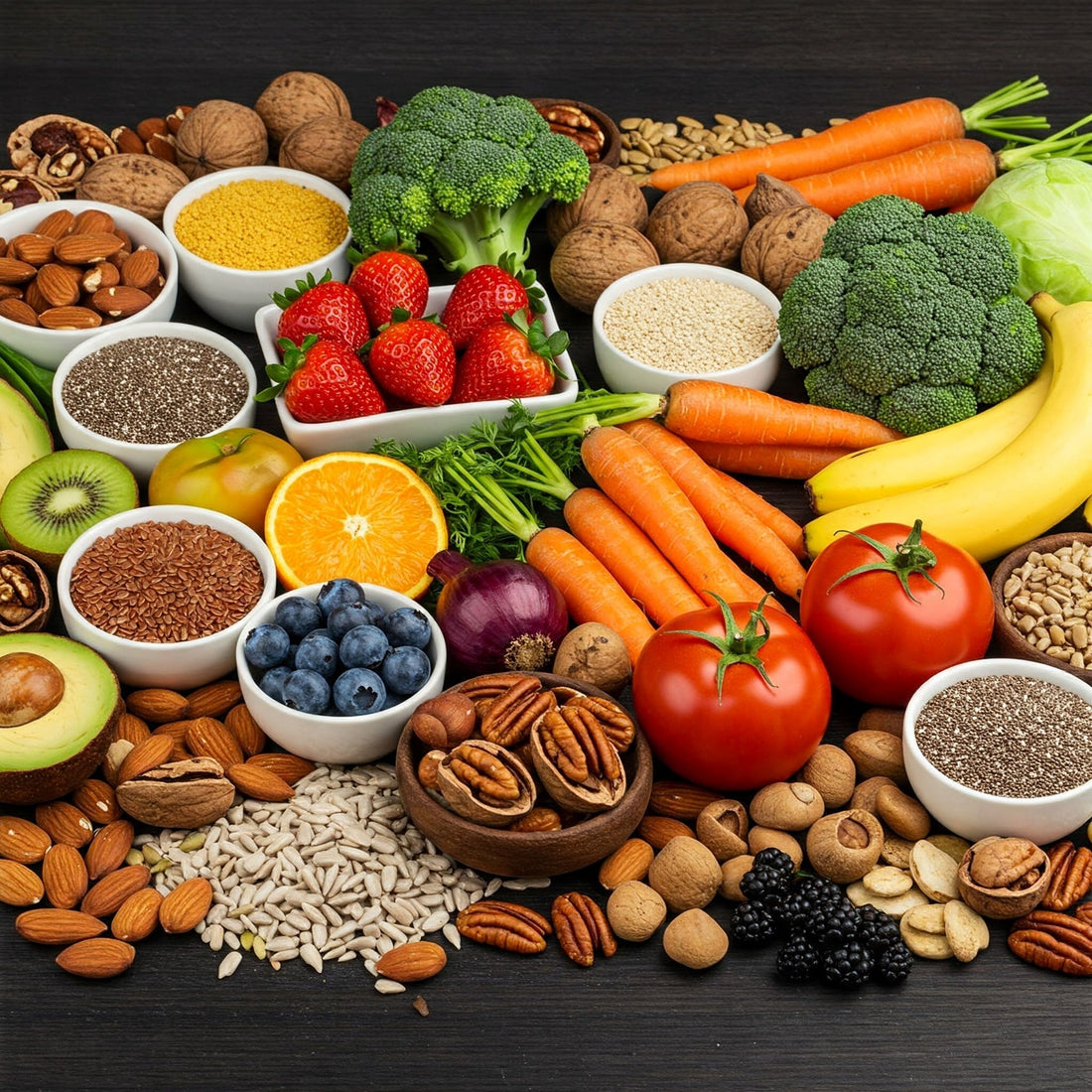
How Can We Increase Fibre Intake in the UK?
Share
The UK is facing a dietary fibre crisis. Despite growing awareness of its health benefits, the majority of the population consumes significantly less than the recommended 30g per day. As highlighted by Boyle et al. (2024), "The associated health risks of insufficient dietary fibre are sufficiently grave to necessitate large-scale interventions to increase population intake levels." Given that low fibre intake is linked to a range of chronic conditions—including heart disease, type 2 diabetes, and poor gut health—it is crucial that we explore effective strategies to bridge this dietary gap.
The Global Fibre Shortfall
The UK is not alone in this struggle. Research indicates that "In all regions of the globe, dietary fibre is consumed in amounts below recommended levels." This suggests a widespread need for systemic changes to food environments and public health policies. But what can be done to turn the tide?
Lessons from Denmark: The Whole Grain Partnership
A successful model to consider is the Danish Whole Grain Partnership (WGP), a collaboration between government agencies, health organisations, and the food industry. This initiative increased whole grain consumption in Denmark through:
-
Public Awareness Campaigns – Educating consumers on the benefits of fibre and whole grains.
-
Industry Reformulation – Encouraging food manufacturers to incorporate more whole grains into widely consumed products.
-
Labelling Schemes – Introducing a whole grain logo to help consumers make healthier choices easily.
-
Policy Support – Gaining government backing to integrate whole grains into dietary guidelines and public health initiatives.
This multi-pronged approach led to a significant rise in whole grain consumption across Denmark, demonstrating that national strategies can drive meaningful dietary change.
How Can the UK Replicate This Success?
Drawing inspiration from Denmark, the UK could implement similar large-scale interventions:
-
Better Labelling & Reformulation: Food manufacturers should be encouraged to reformulate products with higher fibre content and use clear, prominent labelling to help consumers make informed choices.
-
Public Health Campaigns: Nationwide efforts should educate people on simple ways to increase fibre intake, such as swapping white bread for whole grain alternatives or adding more legumes and nuts to meals.
-
Incentives for Businesses: Tax incentives or subsidies could encourage the production of higher-fibre foods, making them more accessible and affordable.
-
Workplace & School Initiatives: Schools and workplaces should prioritise fibre-rich meals to instil long-term habits from an early age.
A Call to Action
The challenge of increasing fibre intake in the UK requires a collaborative approach. Governments, food manufacturers, healthcare professionals, and consumers all have a role to play. By implementing evidence-based strategies like those seen in Denmark, we can move towards a future where fibre-rich diets become the norm rather than the exception.
The consequences of inaction are severe, but with the right interventions, the UK can make significant strides in improving dietary fibre intake—one meal at a time.
References:
Boyle, N.B., Adolphus, K., Caton, S.J., Croden, F.C., Dye, L., Glass, A., Halliwell, K., Hansen, G.L., Holm, L., Jackson, P. and Makinwa, F., 2024. Increasing fibre intake in the UK: lessons from the Danish Whole Grain Partnership. British Journal of Nutrition, 131(4), pp.672-685.
